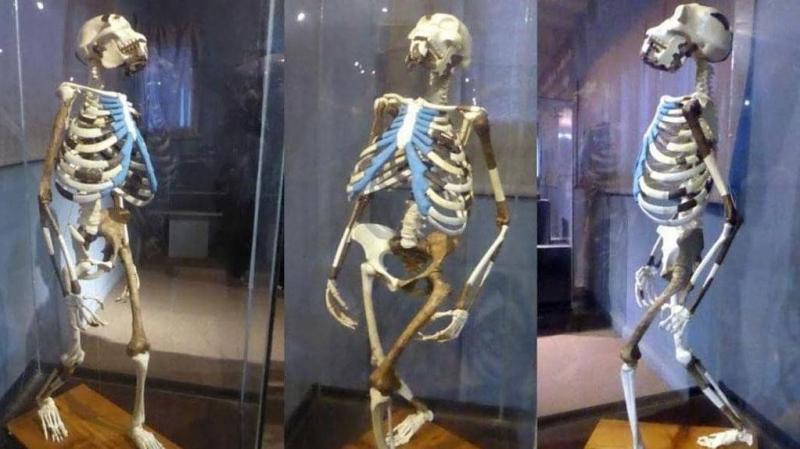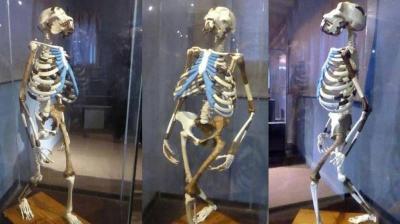The Ethiopian pavilion at Expo 2020 Dubai celebrates an important chapter in human history by showcasing a replica of the oldest known human skeleton, named "Lucy." The skeleton, estimated to be 3.2 million years old, is locally known as "Dinknesh," which means "you are remarkable" in Amharic. This discovery in northeastern Ethiopia in 1974 rewrote the history of human evolution and earned the country a reputation as the "cradle of humanity," according to Sky News.
Ethiopia has successfully maintained its authenticity, culture, and values throughout its rich history, and its pavilion at Expo 2020 will highlight these distinctive qualities over the course of the 182-day international event. Visitors to the Ethiopian pavilion will start their journey, like early humans, in a dimly lit cave, then navigate through the country’s prehistorical history, ultimately ending in a modern factory showcasing the nation’s contemporary industrial achievements.
The replica of "Lucy" is an impressive addition to the collection of cultural landmarks that the 191 participating countries intend to display during the Expo 2020 Dubai. Other must-see attractions include a stunning life-size 3D replica of Michelangelo's "David" in the Italian pavilion, produced using one of the largest 3D printers in the world, representing one of the most identical copies of the original 16th-century marble sculpture.
Visitors will also have the opportunity to watch a live demonstration of the construction of the ancient Inca bridge in the Peruvian pavilion, explore digital pages of ancient Timbuktu manuscripts in the Malian pavilion, while the Syrian pavilion features a replica of the Ugaritic alphabet, believed to be the first alphabet in history, dating back to 1400 BCE.




